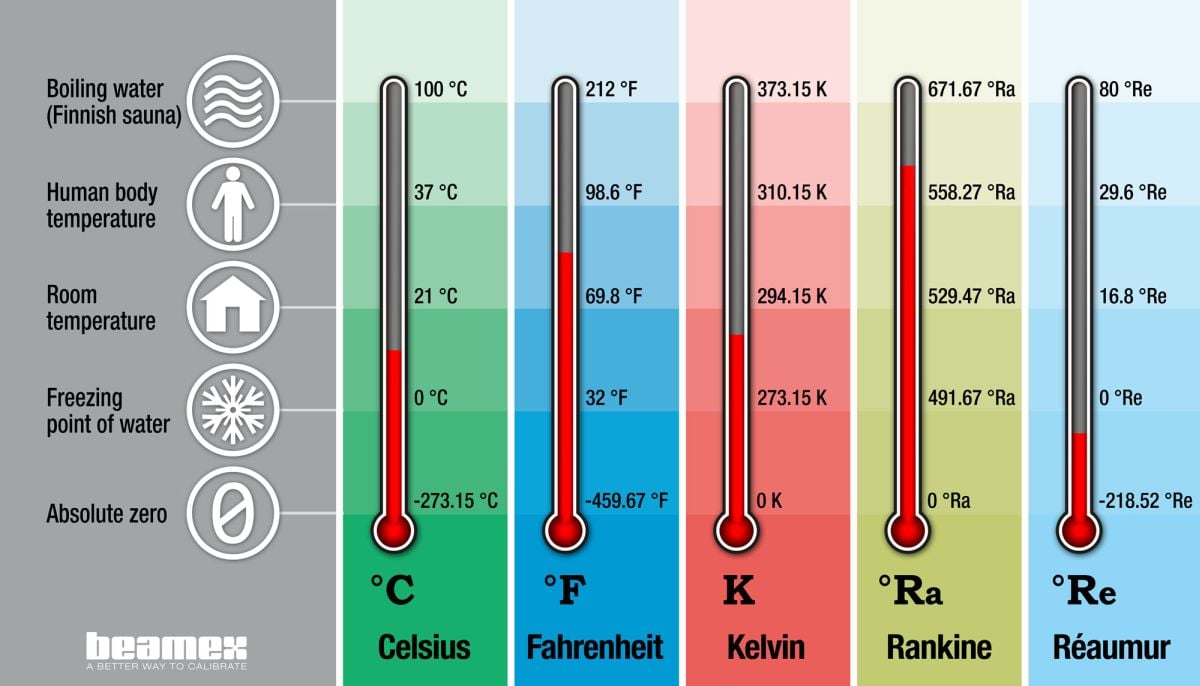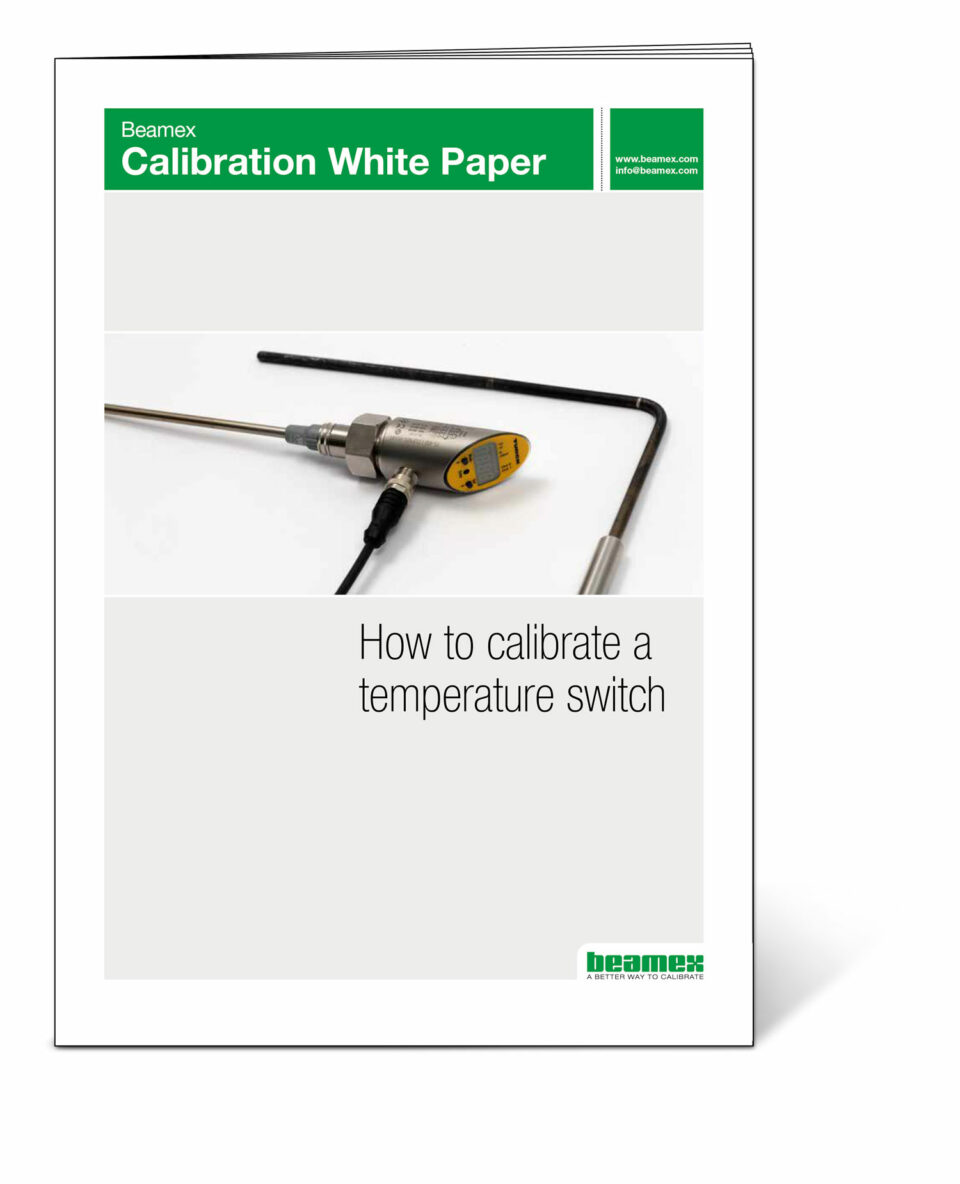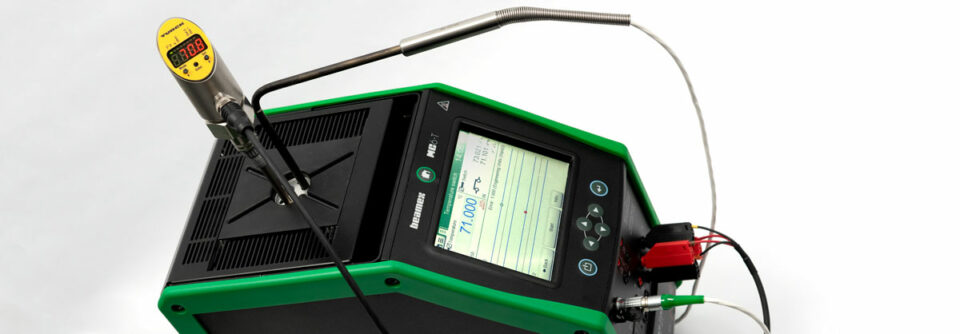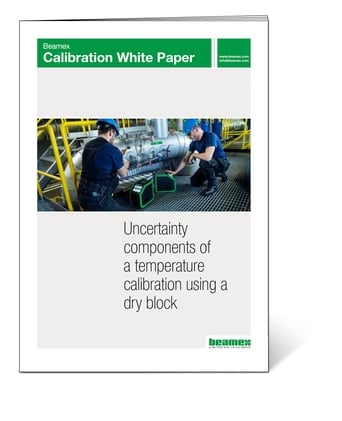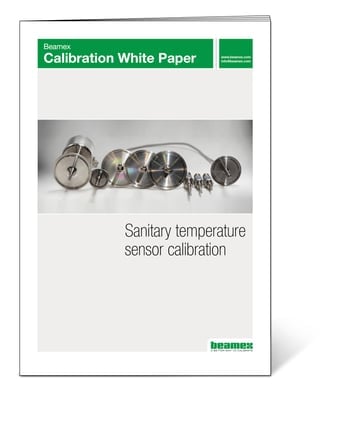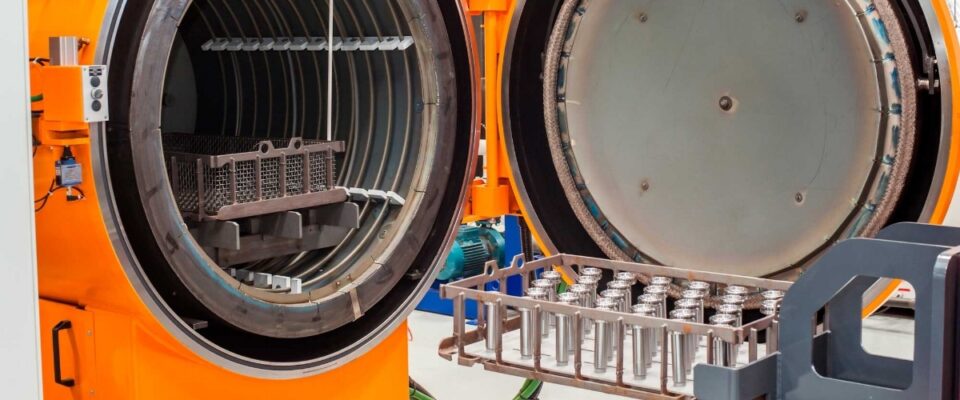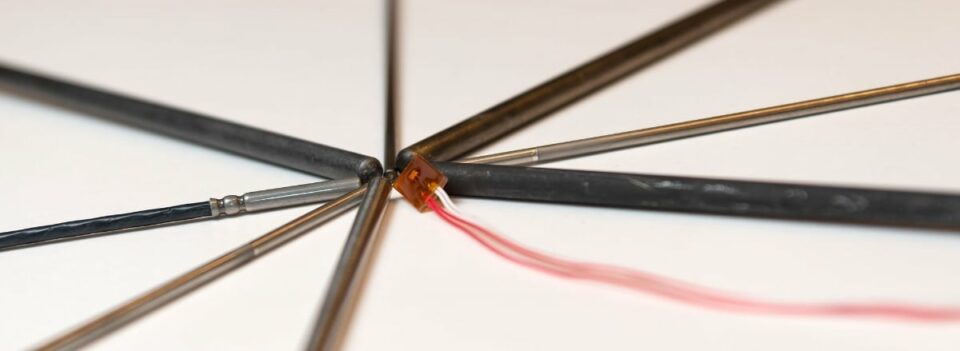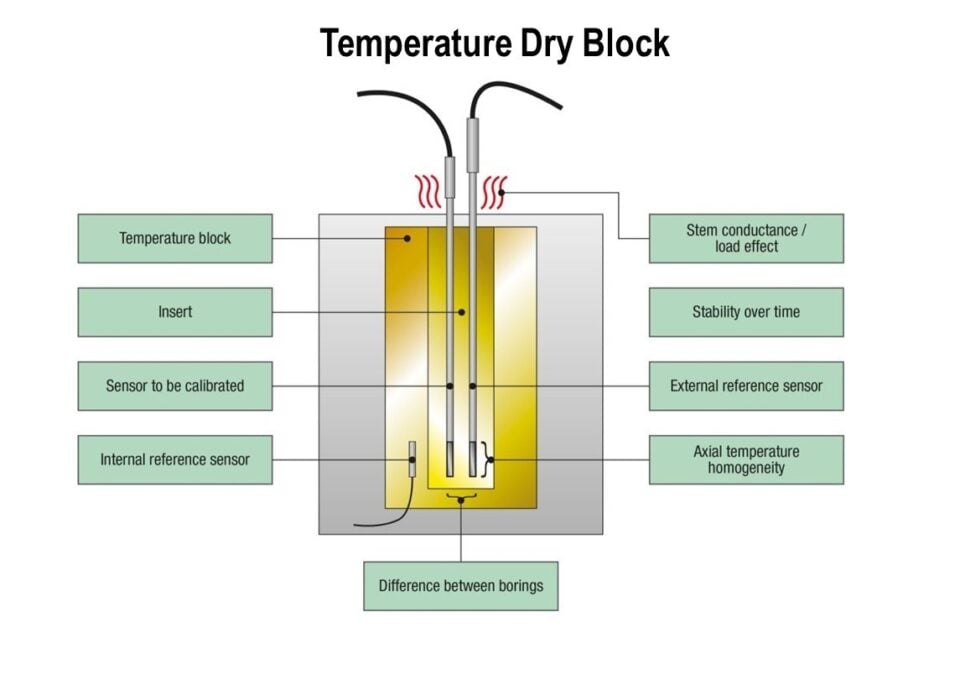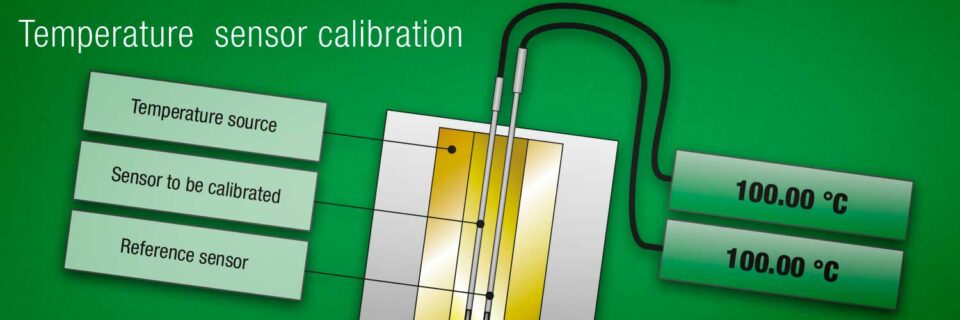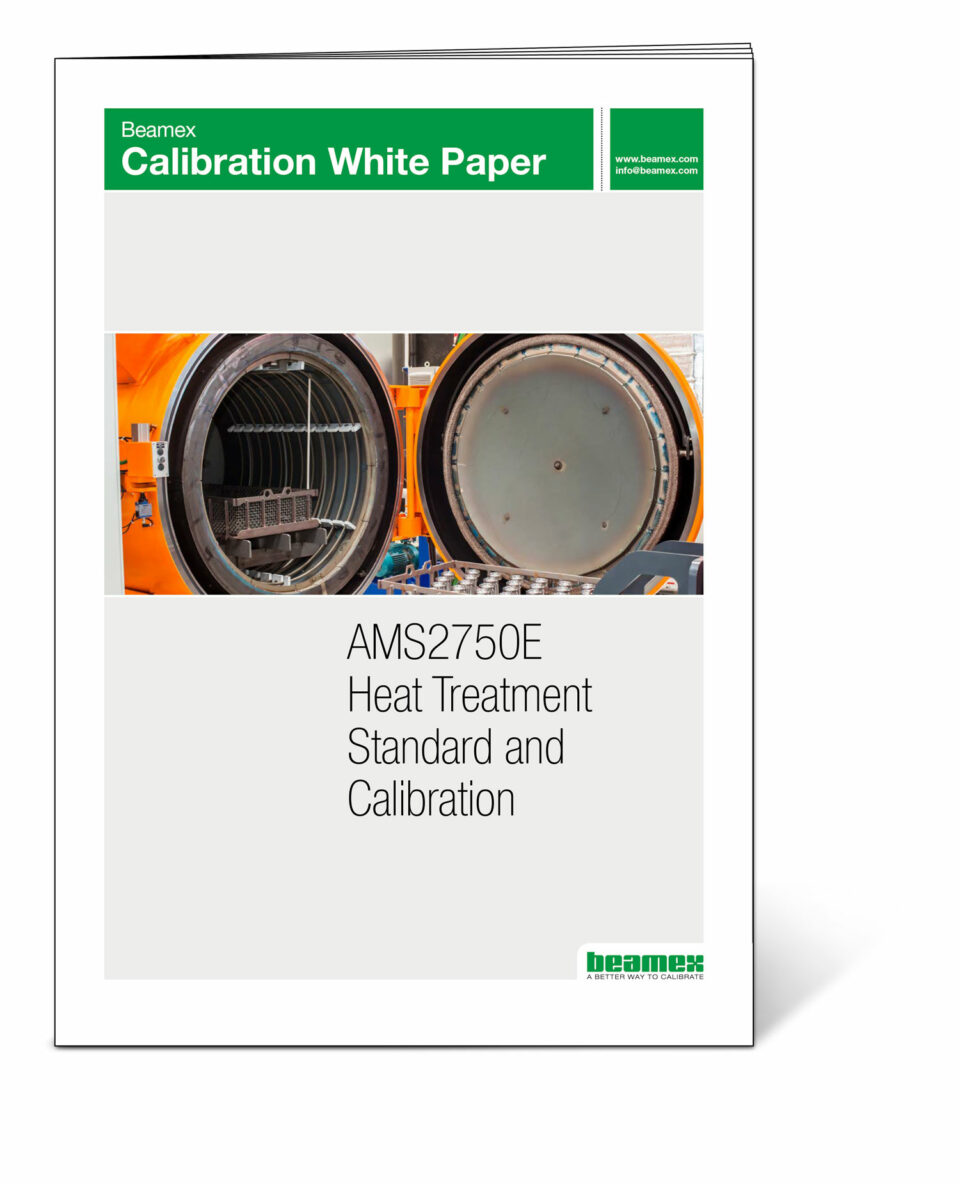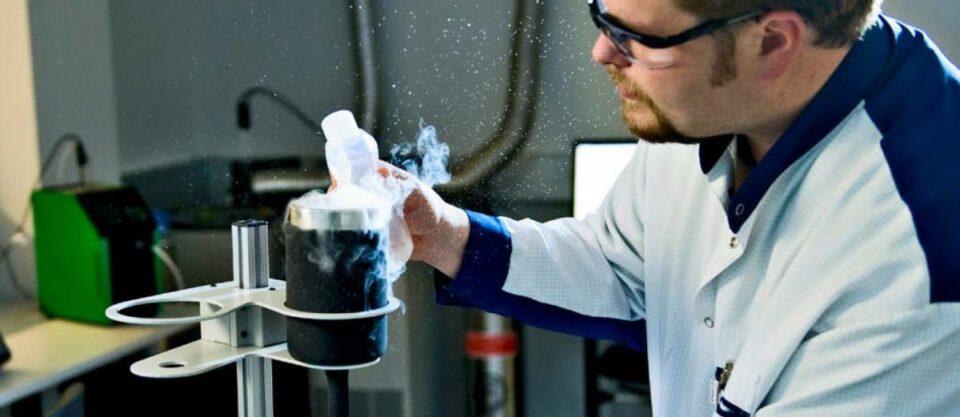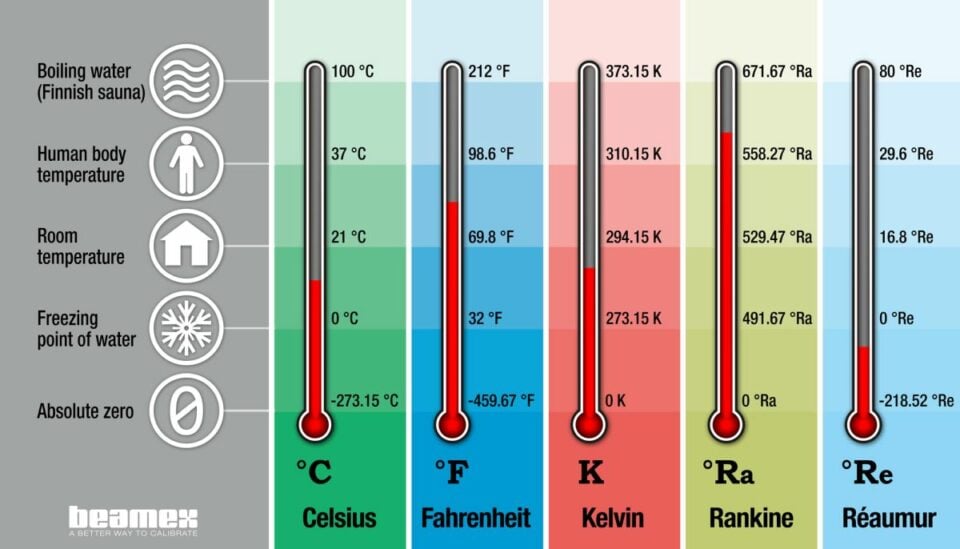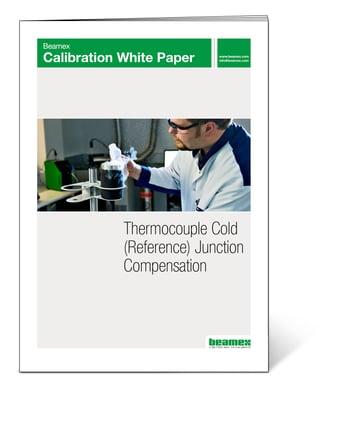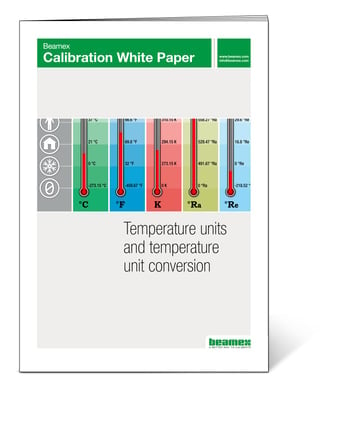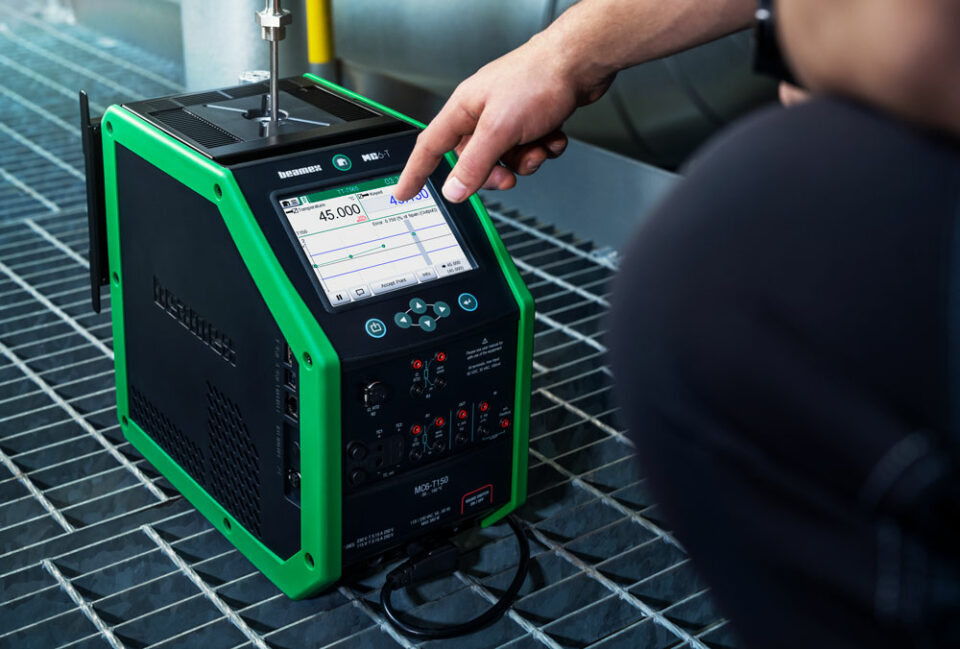Temperature Unit Converter
Use the below unit converter by entering the temperature numerical value to the “Value” field and select the unit in the “Unit” field. Press the “Convert” button to view the results in a table below. Please use a decimal dot (not a comma).
| Value | Unit |
|---|---|
| °C | |
| °F | |
| K | |
| °Ra | |
| °Re |
How to easily convert between Celsius and Fahrenheit in your head?
How to easily convert a Celsius temperature into Fahrenheit temperature in your head?
Sometimes you see a Celsius temperature and you don’t always have a unit converter quickly available. Don’t worry, this conversion is not that complicated, let me explain to you how to do that quickly in your head.
We do this conversion in two steps:
Step 1: One degree of °C equals 1.8 °F. (Or it is 9/5, but I think 1.8 is easier to think). Yep, I know that multiplying with 1.8 in your head is not that easy, but there is a pretty easy way around this: multiply the °C reading first with 2 (easy) and then take off 10% (also easy).
Step 2: You need to remember that 0 °C equals 32 °F, remember that! So, finally, ad that 32 °F offset to the result.
Let’s take some examples:
What is 20 °C in F°?
- Multiply 20 by 2 = 40.
- Remove 10 % from 40 = 40 – 4 = 36.
- Add 32 °F offset to that 36 + 32 °F = 68 °F.
- So, 20 °C equals 68 °F. Pretty easy, right?
What is 100 °C in °F?
- Multiply 100 by 2 = 200.
- Remove 10 % from 200 = 200 – 20 = 180.
- Add 32 °F offset to that 180 + 32 °F = 212 °F.
- So, 100 °C equals 212 °F.
What is 0 °C in °F?
- Well, that is 32 °F. I told you to remember that, didn’t I…
The “quick and dirty” way would be just to multiply the Celsius reading by 2 and add 32 °F. But that will give a bit too high results, so take the end results down a bit. For the above example of 20 °C, this would give 20 x 2 + 32 = 72 °F. Sure it gives you a rough value, but as you can see the result will be a bit too high.
How to convert a Fahrenheit temperature to Celsius temperature in your head?
To convert Fahrenheit to Celsius:
Step 1: Remove 32 °F from the °F temperature.
Step 2: Multiply the °F with 5/9. What? Ok, this is maybe too difficult, as 5/9 is 0.555555. But we can get pretty close if we divide it by 2 and then add 10 % (to be exact we should add 11.11 %).
Examples:
What is 100 °F in °C?
- Remove 32 °F => 100 – 32 = 68.
- Divide 68 with 2 = 34.
- Add 10 % => 34 + 3.4 = 37.4.
- So, 100 °F is roughly 37.4 °C.
If we want to make it more precise (and we always do!), we can add 11% instead of 10%. In practice, this is easiest to do by first adding 10 % and then adding another 1 %. So, let’s redo the above example:
What is 100 °F in °C?
- Remove 32 °F => 100 – 32 = 68.
- Divide 68 with 2 = 34.
- Add 10 % => 34 + 3.4 = 37.4.
- Add another 1% => 37.4 + 0.374 = 37. 77 °C.
- So, we can round it up by saying 100 °F equals 37.8 °C.
Temperature and temperature units
What is temperature?
Temperature is an intensive quantity and describes the energy state of the matter. All materials have atoms and molecules that are constantly moving, vibrating or rotating. The temperature of an object can be defined by the average kinetic energy of its atoms and molecules.
What is Kelvin (K)?
Kelvin is the base unit of temperature in the SI system (International System of Units). Kelvin unit’s abbreviation is K (no degree or degree sign). Kelvin unit was first presented by William Thomson (Lord Kelvin) in 1848. With the redefining of the SI system in 2019, the kelvin scale has been defined by fixing the numerical value of the Boltzmann constant to 1.380649×10−23 J⋅K−1 .
What is Celsius (°C)?
Celsius is currently a derived unit for temperature in the SI system, Kelvin being the base unit. The unit and the actual Celsius scale was first presented by a Swede, Anders Celsius in 1742. The two main reference points of the Celsius scale were the freezing point of water (or melting point of ice) being defined as 0 °C and the boiling point of water being 100 °C.
What is Fahrenheit (°F)?
Fahrenheit scale was first introduced by a Dutch, Gabriel Fahrenheit in 1724. The two main reference points of the scale are the freezing point of water being specified as 32°F and the temperature of human body being 96°F. Nowadays the Fahrenheit scale is redefined in a way that the melting point of ice is exactly 32 °F and the boiling point of water exactly 212 °F. The temperature of the human body is about 98 °F on the revised scale.
What is Rankine (°R, °Ra)?
Rankine scale was presented by a Scottish, William Rankine in 1859. The reference point of Rankine scale is absolute zero point being 0 °Ra, like in the Kelvin scale. One Rankine degree is the same size as one Fahrenheit degree. So, the freezing point of water equals 491.67 °Ra.
What is Réaumur (°Ré, °Re)?
Réaumur scales was introduced by Réne de Réaumur in 1730. It has the reference points being the freezing point of water 0 °Re and boiling point of water being 80 °Re.
Related content
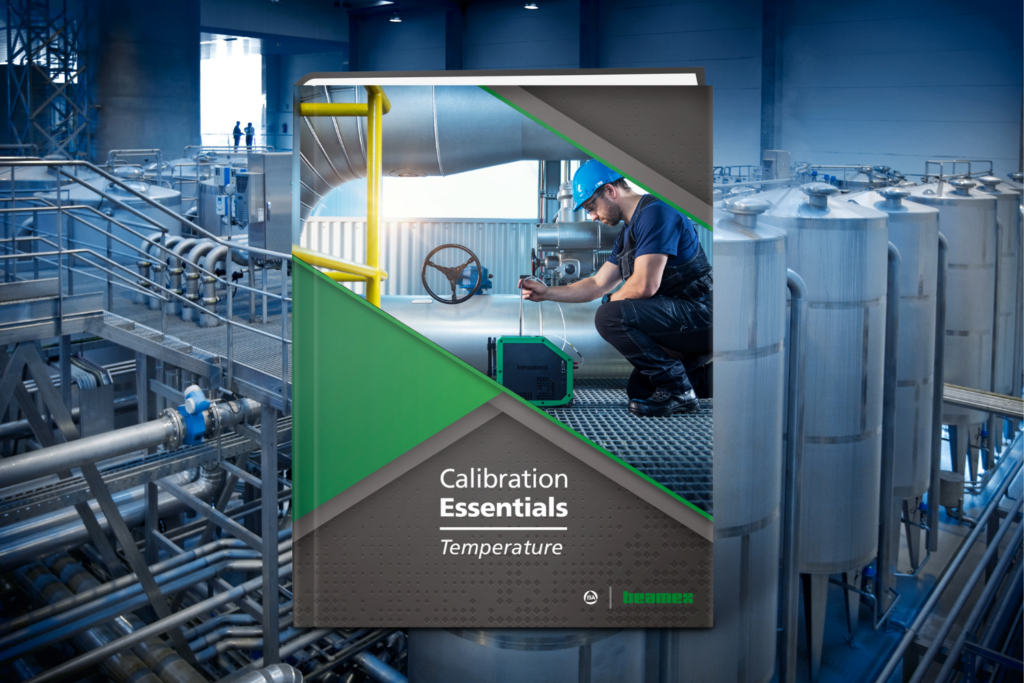
Temperature Calibration eBook
In 53 detailed pages, this book explains strategies and tactics for calibrating temperature instrumentation.
Learn more >
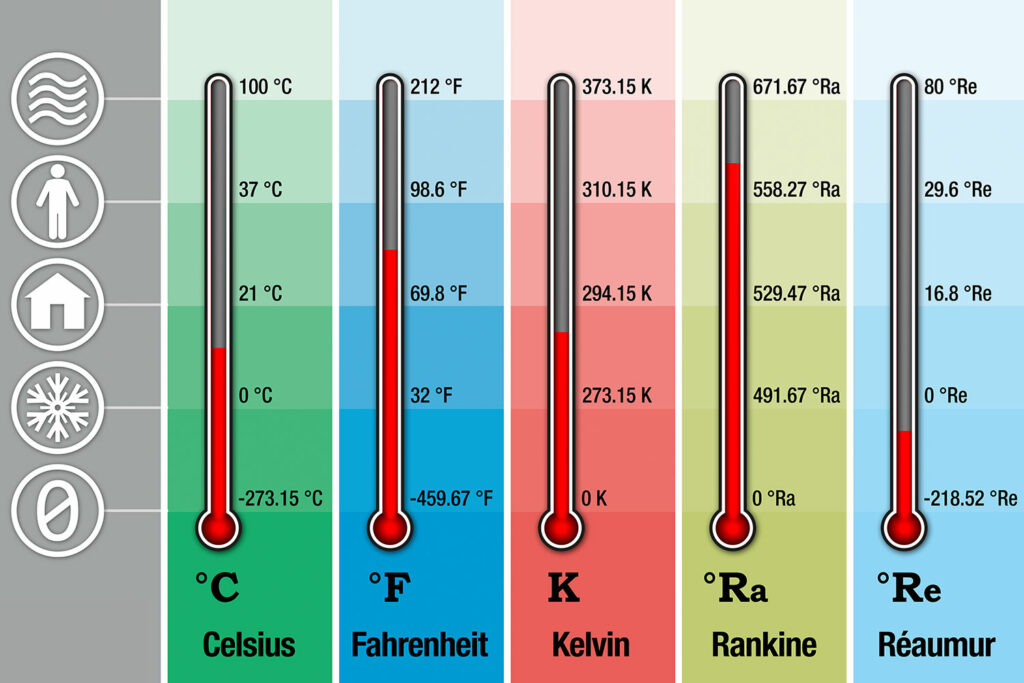
Temperature units and temperature unit conversion
Learn about temperature, temperature scales, temperature units, and temperature unit conversions.
Learn more >
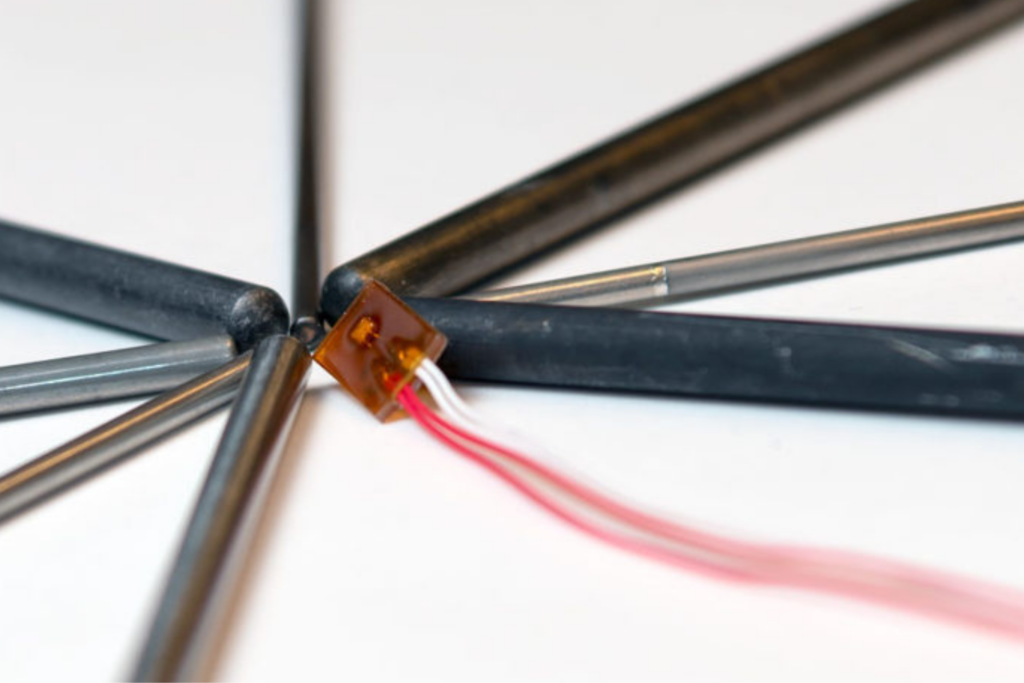
Pt100 temperature sensor – useful things to know
Learn everything about Pt100 temperature sensors.
Learn more >
